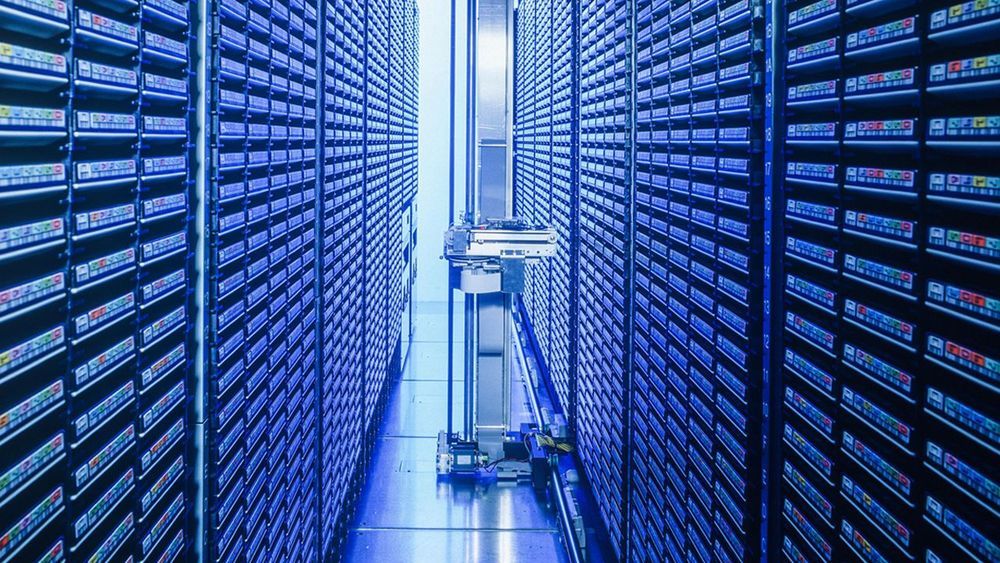Circa 2012
In Colombia, the fossil of a gargantuan snake has stunned scientists, forcing them to rethink the nature of prehistoric life.



Engineers at the University of California San Diego used a technique called spark-plasma sintering to create the new metallic glass.
They did this by placing powdered iron into a graphite mold and then raising the pressure it is under to 1,000 atmospheres.
They then zapped the powder with an electric current, heating it to 1166°F (630°C), causing it to bind together without ever becoming liquid.

Probating Amazing Properties of #Water.
#Lightwave, #Diamagnetic and #Electrostatic
Whispers of sightings of the elusive black leopard have long swirled around central Kenya, and scientists have now confirmed its presence there with a series of rare images taken by camera traps.
The images were captured by researchers from the San Diego Zoo who have been studying leopards in the Loisaba wildlife conservancy, as well as an independent photographer working in the region at the same time.
“We are very excited to hear that these camera traps have captured rare footage of melanistic leopards, otherwise known as black panthers!” the conservancy said on its website.

